The Use of the Ultrasonic Mister for the Consolidation of a Flaking Gouache Painting on Paper
by Anne F. Maheux and Wanda McWilliamsIntroduction
The consolidation of flaking and friable media, particularly on works of art on paper, presents the conservator with some of the greatest and most frustrating of treatment challenges. However, the development of consolidation techniques using an ultrasonic mister developed at the Canadian Conservation Institute for the treatment of flaking pigment on ethnographic objects, and modified for use in the paper conservation lab have proven successful.
The purpose of consolidation is to improve both the cohesion of flaking or powdery pigments and their adhesion to a substrate. The challenge comes in being able to effect this with minimal, if any change to the colour and saturation of the pigment or substrate, or movement, or fracturing of the loose particles. More cumbersome methods of consolidation have typically included application with a brush or spray, employing heat or pressure, which may alter topography and risk disturbance of sensitive media layers.
The intention of this paper is to provide a brief overview of the equipment, set-up and application of this technique as applied to the consolidation of the flaking gouache entitled Black Sun by Michael Snow. The use of ultrasonic humidification is already familiar to most paper conservators, including the methods and techniques developed by Marilyn Weidner over the last ten years, culminating in her moisture chamber/suction table system. Amongst other applications, ultrasonic mist has been successfully delivered through customized tubes to remove stains and discolored fixative, to resize paper and to consolidate media by reforming with only moisture.
Developed at the Canadian Conservation Institute in 1990, the ultrasonic mister was first used for the consolidation of powdery pigments on ethnographic objects. Compared to other methods of consolidation such as pneumatic spraying and drop application, ultrasonic misting allows a greater control of the consolidation process with improved penetration and minimum colour change. Very dilute solutions, averaging .25-1% are introduced as droplets on the order of 1-10 microns in size, which are significantly smaller than those delivered by other methods. Penetration of the consolidant is more efficient, resulting in less change to the surface. The concentration of the consolidant is easily controlled, and increases with the number of applications of dilute solutions.
CCI's original set-up consisted of retrofitting an ultrasonic humidifier used to create a mist of a dilute consolidant within a bottle. A small air pump connected to the bottle forces the mist out through a tube to a handpiece and on to the artifact. The original mister also has a local extraction system incorporated in the handpiece, that collects excess mist that may build up on areas adjacent to the treated area, which could lead to localized gloss or colour change.
For use in the paper lab at CCI the ultrasonic mister was modified. The extractor component of the handpiece was removed, making it more compact and manageable. A smaller nozzle which directs a very narrow stream of mist replaces the original. The mister is normally used in conjunction with the suction table, helping to reduce the possibility of a build-up of overspray on the work. The table also aids in the penetration and drying of the solution, reducing risk of surface deformation during treatment.
Equipment
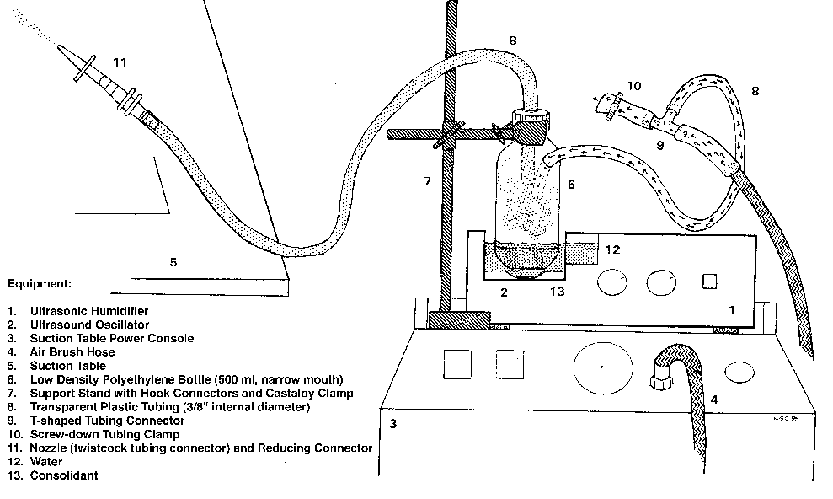
Fig. 1. National Gallery of Canada Ultrasonic Mister
The ultrasonic mister is created from a modified ultrasonic humidifier. (Figure 1) The water tank and mist chamber are removed, exposing the water reservoir and the ultrasound oscillator. A low density polyethylene bottle containing the consolidant is placed directly in the reservoir, and secured in position over the ultrasound oscillator. The reservoir is filled to the normal operating level with water, with the amount of consolidant inside the bottle at approximately the same level.
The plastic bottle must be made of low density polyethylene in order for the ultrasound to be able to pass through. Nalgene narrow-mouth bottles, available from Fisher Scientific, are ideal. A hole is melted in the lid to insert the tube which transports the mist. A second hole is melted in the shoulder of the bottle to insert the tube delivering the compressed air into the bottle that drives the mist out. It is advisable to have several bottles prepared, as the bottom of the bottle may blister and bubble with prolonged use, inhibiting the passage of the ultrasonic waves that mist the solution.
The compressed air source may be delivered by the air compressor built into most commercial suction tables. The air hose couples easily with the transparent tubing that leads to the bottle. A small t-piece junction with an attached screw-down clamp is inserted in the tubing. The hose clamp is used to control the flow of air from the pump, which in turn controls the rate at which the mist is propelled from the bottle. Alternately, a small aquarium pump may be connected to the bottle.
Transparent tubing is used to connect the compressed air to the bottle, and to deliver the mist to the handpiece. If using organic solvents, a platinum-treated silicone tubing should be used to avoid possible contamination of the object being misted with extractables in the tubing. 1 The handpiece used at the National Gallery is actually made up of two polypropylene reducing connectors, that fit the diameter of the tubing. The larger connector is a good size and shape and can be held comfortably like a pencil. This particular configuration does not seem to drip as much as the single small nozzle does, which is an important consideration. Mist collects in the tubing or nozzle and forms droplets, which can land on the object if one is not vigilant. The nozzle must be constantly monitored for dripping throughout the treatment. It is good practice to have a blotter square handy, or to automatically press the nozzle to the blotter every few minutes. The conservators at CCI take the added precaution of wrapping the nozzle with chromatography paper before inserting it into the tubing.
Consolidant
The consolidant must be prepared in sufficiently dilute solutions in order to mist properly. Viscous solutions will not mist at all. The following percentages of various solutions are offered as a general guideline:
| Methyl cellulose (Methocel A4C) in water | .25% |
| Klucel G in ethanol | .5% |
| Gelatin (Fisher 100 bloom) in water | 1% |
The amount, or level of consolidant in the bottle is also a crucial factor in successfully generating a mist. For water-based solutions, the mist forms only if there is 2.5 to a maximum of 5 centimeters (1-2 inches) of consolidant in the bottle. The water level in the reservoir must be about the same. For ethanol-based consolidants, the mist will form with as little as .5 to 1 cm (3/16-3/8 inches) of solution.
The bottle must be secured over the oscillator in such a way that minor adjustments can be made in its position to obtain misting. Blocks of wood or ethafoam can be wedged in around the bottle. An independent supporting stand is easy to set up and holds the bottle securely in place, while still allowing for minor adjustments in position during treatment.
To operate the mister, the ultrasonic unit is turned on with both controls set at maximum to achieve the greatest volume of mist. The air compressor is turned on, with the hose clamp open. The mist velocity is best controlled by varying the amount of compressed air introduced into the bottle with the clamp: by closing the clamp, a higher velocity mist is driven through the nozzle, and vice-versa when the clamp is opened.
Treatment: Black Sun
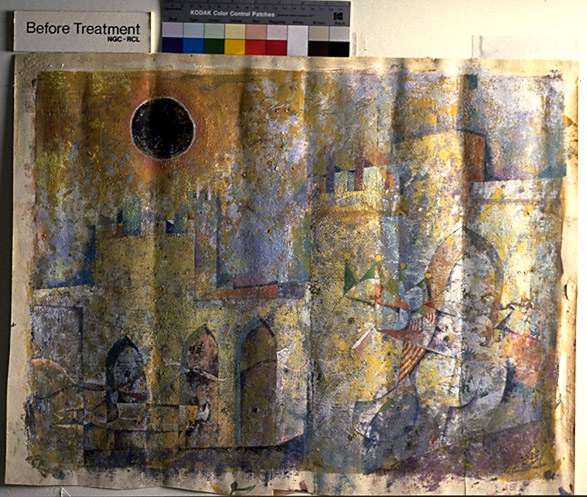
Fig. 2. Black Sun, gouache on paper by Michael Snow. Before treatment, raking light.
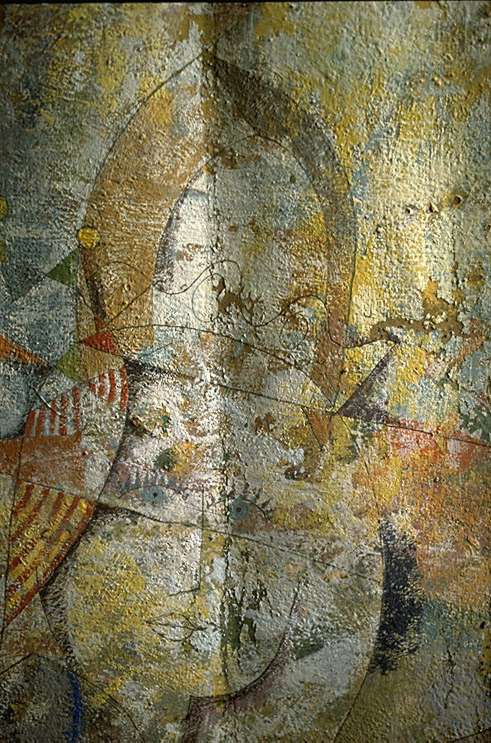
Fig. 3. Detail of Black Sun in raking light illustrating flaking and losses
An early gouache entitled Black Sun by the Canadian artist Michael Snow, was executed during his student years in the early 1950s in Malaga, Spain. (Figure 2) Multiple layers of gouache of suspect quality have been applied to a hard-surfaced machine made wove paper. Examination in raking light reveals that the sheet had been rolled at some point in its history, and flattened, hence the vertical creases and washboard effect. It is principally along these creases that the paint has cracked and flaked, leaving a crumbled layer of detached particles, and larger areas of complete loss. (Figure 3)
Snow initially laid down a fluid wash over most of the sheet. This is covered with a complex build-up of thick gouache applied with an almost dry brush, or sometimes with an open-weave cloth. Linear details applied in graphite are incised into the paint layers.
Under magnification, it is evident that Snow added graphite and additional layers of gouache to the work on top of areas of previous loss. The work is signed in the upper left corner, and again in the lower right corner, over a crumbly section of losses.
Mock-ups were painted on manila file folder stock, which is exactly the same thickness, and approximately the same smooth finish as the original sheet. A range of gouache paints were applied in thin and thick layers, with brush and cheesecloth to emulate the complex layers of Black Sun. Heavily loaded brushes of colour were dragged over other painted areas to achieve the crater-like surface.
Mock-ups were artificially aged in a dry oven for three weeks at 65 degrees Celsius. Samples were then rolled, squashed, bent and folded to create creases. The paint layers cracked, crumbled and popped beautifully along these creases and elsewhere.
For testing, the following consolidants were prepared at the following concentrations, with mixed success in mistability:
| CONSOLIDANT | CONCENTRATIONS | |||
|---|---|---|---|---|
| .25% | .5% | 1% | 2% | |
| British Drug House Gelatin* | yes | yes | yes | no |
| National Drug Gelatin* | yes | yes | yes | no |
| Fisher 100 Bloom Gelatin | yes | yes | yes | no |
| Fisher 275 Bloom Gelatin | yes | no | no | no |
| Klucel G | yes | yes | no | no |
| Methocel A4C | yes | no | no | no |
*Samples dating from the 1950s; all others are current products
A selection of the mistable consolidants were tested on the mock-ups. Each mock-up was humidified in a chamber for a minimum of four hours. While the mock-up was humidifying, the ultrasonic mister was set up with the chosen consolidant and adjusted. The mock-up was then transferred to the suction table and placed under medium suction.
1% solutions of the National Drug and the 100 Bloom Fisher gelatin worked equally well, relaxing and saturating the paint without pooling of the consolidant. After several applications, the particles and even large flakes were well-adhered.
The .25% methyl cellulose solution misted well, but the cohesive bond was that much weaker than the gelatin, so that several more applications were necessary. .5% Klucel G in ethanol also misted well. The cupped flakes initially relaxed after exposure to the mist, but as soon as the alcohol evaporated, the paint lifted, and appeared even more desiccated than before. Repeated applications were not successful in consolidating the paint.
Based on the experiments, gelatin seemed the best choice of consolidant. It is also the consolidant that I am most familiar with and have had the greatest success with for consolidating flaking gouache with more traditional methods.
The consolidation of Black Sun took place over the course of a week. Each morning the object was placed in a humidity chamber for 4-6 hours. It was then transferred to the suction table for misting. The mist was applied similarly to the mock-ups. Initial misting was best executed at a 90 degree angle to deter detached particles from flying away. Once the paint was saturated and contact had been made between particle and substrate, subsequent misting could be applied at a more acute angle. A microspatula was sometimes used to gently anchor large particles while the mist was introduced. Sometimes misting was followed by a gentle pressure with the microspatula to ensure intimate bonding.
After each misting session, the object was removed from the suction table and placed on a clean blotter. The perimeter was weighted overnight. The repeated humidification did not seem to affect the previously applied consolidant, and the support certainly benefitted from it. The vertical deformations and undulations almost entirely disappeared after the first session on the suction table, and did not recur. After each session, consolidated areas were examined under the microscope. A few larger particles had to be consolidated with a higher concentration of 2% gelatin applied with a brush.
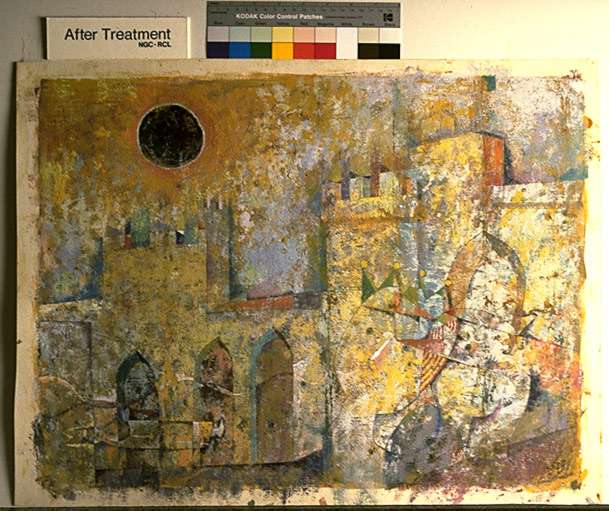
Fig. 4. Black Sun, after treatment, raking light
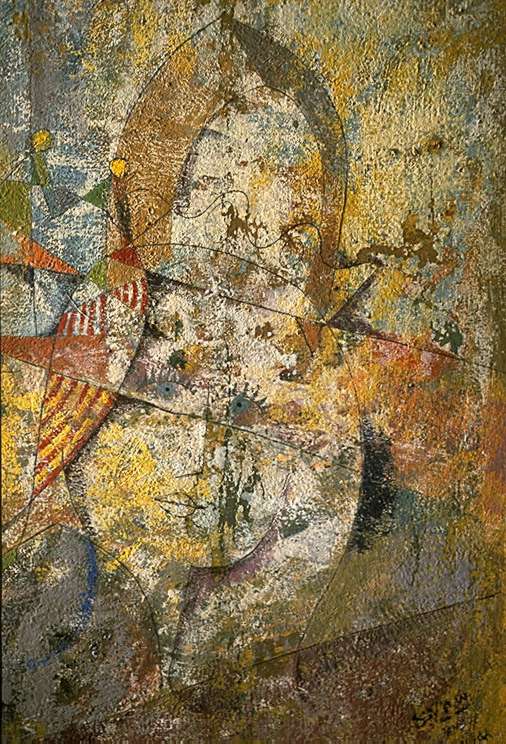
Fig. 5. Detail of Black Sun in raking light after treatment
After the last misting session, the support was lined on the suction table with a medium weight japanese paper and dilute wheat starch. The intention of the lining is to provide a bit of rigidity for the support, to discourage it from returning to the old planar deformations. If a more rigid auxiliary support is needed in the future, this lining will act as an interleaf. (Figures 4) (Figure 5)
Conclusion
The ultrasonic mister has broadened the once restricted possibilities in the consolidation of flaking and friable media. The apparatus is easy to assemble. The mist velocity and quantity are easily controlled and directed. When used in conjunction with a suction table, the small mist droplets are readily absorbed into both media and substrate, with minimal disturbance to the physical location or appearance of media. Consolidant concentration is adjusted by increasing the number of applications. Patience, however, is an essential ingredient in any consolidant treatment using the ultrasonic mister, as treatment time is necessarily longer than more traditional methods.
Acknowledgements
We are indebted to our colleagues at the Canadian Conservation Institute, particularly those who have worked to modify the ultrasonic mister for applications in paper conservation. (Carole Dignard, Robyn Douglas, Sherry Guild, Stephan Michalski).
References
Weidner, Marilyn Kemp. "Treatment of Water-Sensitive and Friable Media Using Suction and Ultrasonic Mist." The Book and Paper Group Annual, Volume 12 (1993): pp. 75-84.
Douglas, Robyn, Guild, Sherry and McWilliams, Wanda. "Use of the Ultrasonic Mister in Paper Conservation." Unpublished talk given at the International Institute for Conservation- Canadian Group 20th Annual Conference (1994), Toronto, Ontario.
Dignard, Carole and Michalski, Stephan. "A New Method of Consolidating Powdery Paint: The Ultrasonic Mist". Unpublished talk given at the International Institute for Conservation- Canadian Group 17th Annual Conference (1991), Vancouver, B.C.
Notes
. Platinum-cured silicone tubing: Masterflex tubing, 96410 series, Cole Parmer Instrument. Personal communication with Scott Williams, Conservation Chemist, Canadian Conservation Institute.
Anne F. MaheuxGraphic Arts Conservator
National Gallery of Canada
Wanda McWilliams
Getty Intern 1994-95
National Gallery of Canada
Publication History
Received: Fall 1995
Paper delivered at the Book and Paper specialty group session, AIC 23th Annual Meeting, June 4-1, 1995, St. Paul, Minnesota.
Papers for the specialty group session are selected by committee, based on abstracts and there has been no further peer review. Papers are received by the compiler in the Fall following the meeting and the author is welcome to make revisions, minor or major.